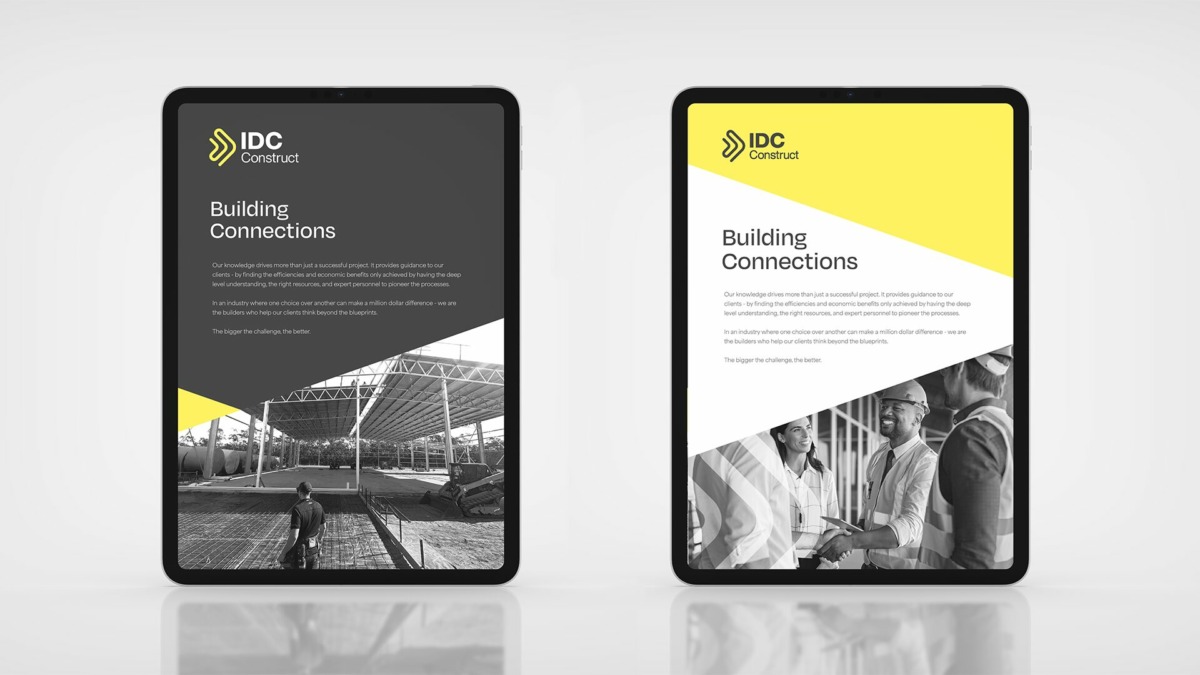Using Brand Testing Methods to Shape Brand Success
In most cases, it’s better to make an important decision with relevant information, than without. That is no different when it comes to branding or rebranding a business. How, though, can you gain information about your brand, and measure its ‘effectiveness’ or value? With brand testing! Brand testing is most powerful before a rebrand, or for a yet-to-be-launched brand. There are many methods you can employ to test your brand – there’s no one size fits all. Ultimately though, an effective brand testing program will help you to uncover some valuable insights about your brand and where you should (or shouldn’t) take it.
What is Brand Testing?
Brand testing is big picture stuff – more than just a specific campaign or marketing material. When you test your brand, you are trying to understand how your target market responds to your current (or proposed) brand name, identity or presence. Some questions you might hope to answer with brand testing could be: Does your brand identity match your brand messaging? Or does your packaging reflect your brand positioning?
This is in contrast with marketing testing methods which may specifically test different marketing channels, usually to optimise marketing spend or campaign testing which might involve testing two different specific creatives or calls-to-action on a given advertisement.
Why is Brand Testing Important?
Brand testing is important; vital even particularly with a re-brand or a new brand launch. Considering brands are only launched once, and re-brands aren’t a frequent occurrence – brand testing is vital because it can give you data and insights before you make a final decision or launch. This knowledge can give you reassurance that your branding is effective and on the right track, or that it isn’t quite hitting your target-market, and you need to pivot.
In most cases, brand testing will happen before a re-brand or launching a new brand. Testing before a big decision can help to maximise impact, ensuring your go to market is data informed and already tested with your target market. You can’t quite sit back and relax, but you can be much more confident in a tested brand than one that is about to be launched, completely untested.

When is the best time to test your brand?
The best time to test your brand is before a new brand is launched. If you are already deep into production of your brand (i.e. have already funnelled resources into branded websites, product or advertising) and you’re looking to go live shortly, it’s probably past the point where testing can generate the most value. It’s better to test a brand before you fully commit to it.
During a rebranding process, brand testing examines the existing brand, product or packaging for consumer perceptions and attitudes. Once a rebranding concept takes shape, further brand testing ensures that any identified concerns have been effectively addressed before the market launch.
Types of Brand Testing Methods
Today, there are many diverse and effective ways to do brand testing. From user testing, to brand audits to using online platforms, software or applications to test, analyse and implement your findings. Since there are so many choices available, the first step is to simply decide which brand testing mvethod is most appropriate for your business. Some examples are below:
Focus group
Focus group is a specific form of research where a representative set of participants based on your target demographic are recruited and asked about their perceptions, thoughts and feelings while the conversation is led by a moderator. Focus groups can be a rich source of information, but the moderator must be skilled enough to ensure every participant has a chance to speak, and the group is not swayed too much by influential members.
Interviews
One-on-one interviews are quite similar to focus groups, in that you will recruit participants and gather information from them, however they give the chance to dive deeper into specific thoughts and feelings in a way that a focus group won’t allow. The downside in comparison to focus groups is that you have a much lower sample size, and it may be more difficult to pick out themes from multiple interviews vs focus groups.
Online surveys
Online surveys are typically used to recruit a large volume of participants who are asked a specific set of questions or shown specific visuals. Tools such as Survey Monkey or Pollfish can be used to send the surveys. Online surveys can be a powerful tool to recruit a large sample of people, and obtain a rich set of data that can be analysed. Typically, a reward or raffle entry will be offered for participants however it is important to offer a reward distinctly separate from your business, as you want to avoid biassing any results towards people that are positive toward your brand.
Message Testing
Message Testing is a specific form of market research, which will aim to test how a company’s messaging and language resonates to the target market. The final outcome is the development of an optimal message or ‘voice’ that can be used with your target market to maximise effectiveness.
Attitude and Usage Survey
These specific types of surveys are used to dive into the usage and purchase patterns of either current or potential customers in the target market. With this form of survey, you can better understand not only the market but the forces that are driving consumers to purchase. Ultimately, you want to understand why a customer decides whether to purchase or not, and how branding plays a part in that decision.
Package Testing
For FMCG brands, the packaging is the expression of branding that most of the target market will see. Package testing can be undertaken to understand whether the message that is conveyed by the packaging aligns with the brand image and the expectations of the target market. It can help validate your design and minimise the risks of launching an ineffectively designed package. Typically, customers might be asked to rate one or more specific visuals and also discuss how likely it is they would be to buy the product, if it was available to them. As part of a recent re-brand for Lifestyles that we were involved in, during the research process we uncovered valuable insights about the packaging preferences of the market as well as the current perception of Lifestyles as slightly outdated. We used this data to create a vibrant, inclusive packaging which reflected a more modern brand.

Persuasion Test
Persuasion tests can be effectively used to test whether a member of the target market’s attitude towards the brand has changed after being exposed to an advertisement or piece of marketing material. This is relevant to brand testing particularly when we want to use a newly rebranded advertisement to see if the rebranding is effective at changing attitudes and intentions. It can be extremely valuable when tested alongside the pre-rebrand creatives, to see if the rebrand is any more impactful.
Recall Test
Brand recall tests will measure whether your target market can recall or name your brand, when asked to name brands in the category you play in. The response should be unprompted (i.e. don’t give any hints or clues) and you are trying to understand the percent of target market that respond with your brand. This is relevant for existing brands as it can give you a baseline value of your current recall, to help weigh up whether a rebrand is required. Recall tests can also work for completely new brands; using tools such as UsabilityHub or UserZoom you can show participants a list of brand names (your own potential brand name included) and measure how many times your name is recalled.
A/B Testing
A/B testing is typically used in high traffic situations and is a statistical procedure where two (or more variations) are contrasted, in order to pick a winner. A specific metric is required (e.g. a conversion rate) and enough traffic is also necessary to make sure the difference is ‘real’. There are many popular software programs that provide this functionality, but typically at least 100 people per variation would be a minimum.
